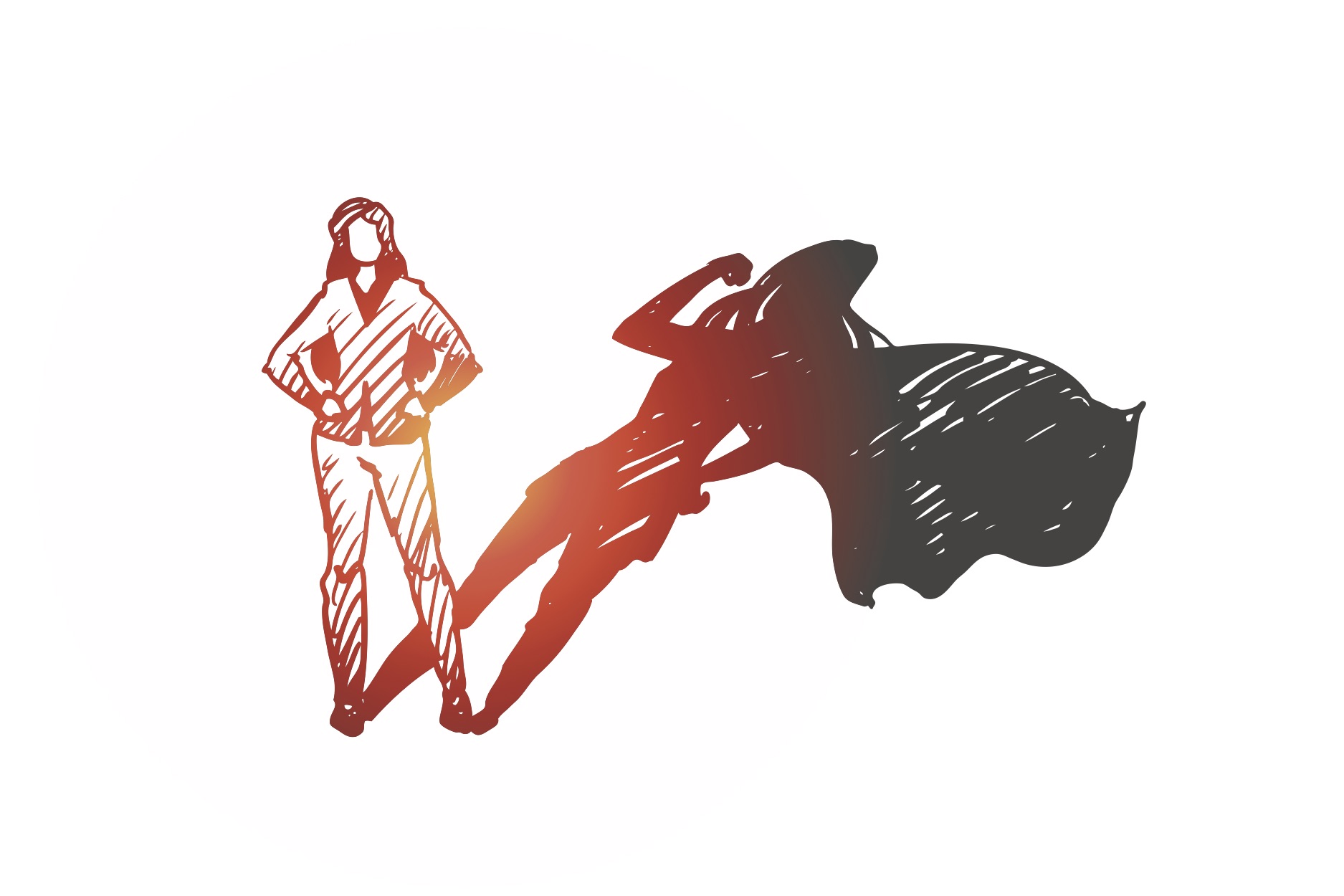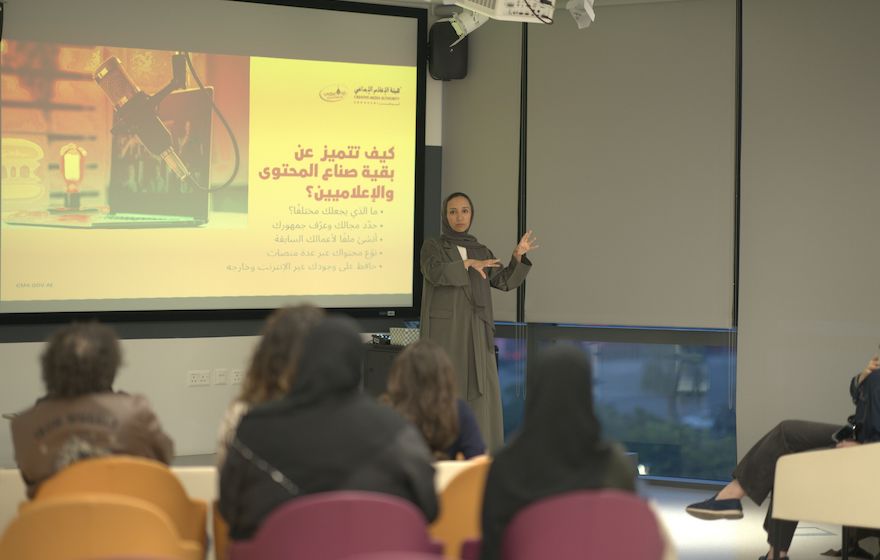By
A recent Forrester report, “The Cost of Creativity,” suggested—or rather, lamented—that “The value of agency creativity is at risk of disappearing.”
It doesn’t take a brain surgeon to figure out how we got here. Margins tighten, media fragments, agencies diversify their offerings in order to “stay relevant” and grab new revenue opportunities. Play it out and it’s easy to see the cost: an industry plagued by short-termism, seeking guarantees that aren’t there from data and analytics, and searching for answers in old debates like big agency-vs-small and AOR-vs-not. Perhaps most importantly: A creative discipline that has forgotten its only truly effective product offering.
If it sounds like the sort of rhetoric that we typically dish out to clients, it is.
So, what happened?
If it’s any consolation, where we are today is largely of our own doing.
—Defining the quality and bigness of an idea by the variety of media placements in which it appeared.
—Taking way too long to realize that digital media efficiency is not the way to build brand equity.
—Award shows creating endless categories, resulting in a litany of one-off executions garnering the biggest prizes, even though less effective for clients.
—And, lately, favoring short-term solutions that come with the safety net of a guaranteed, albeit far less effective, outcome.
Clients have grown skeptical of creativity’s value and are moving marketing budgets accordingly. The Forrester report forecasted that the creative discipline will grow a mere 2.4 percent through 2022, while other mediums such as ad-tech, data and analytics will grow 9 percent to 11 percent.
But there’s an outlier, and it’s telling: Brands under pressure and forced with a choice to make—much like those characters in a film—reveal an important truth.
It’s courage
In an era of increasing automation, when the only form of survival is to become a preferred choice, the brands with their backs to the wall always turn to courage. They double down on what has always been, and will continue to be, the only way to overcome consumer indifference and earn a legitimate place in people’s lives.
Forrester’s solve is a reinvestment in agency creativity that they report will help reignite growth for today’s brands. But what we need is not a general reinvestment in agency creativity, we need a focused reinvestment in a very specific type of creativity: the courageous type.
Today, courageous creativity is the only creativity that matters.
It forces brands to to take a position, not just have a positioning. It forces them to make a promise and live up to it. And it forces them to face their shortcomings and leave something behind in order to set a new course and make a positive impact.
If you need convincing, there’s proof in a recent report that graded every winning submission from the past 50 years on bravery. The results? Those that skimped on courage—not sensationalism, innovative media choices or senseless risk-taking—performed considerably less well.
Which begs the question: How do you tap into the only truly effective form of creativity out there?
Be open to identifying a problem that you might not have experience
in solving.
As humans, we’re prone to hearing only things we want to hear, identifying only problems we feel equipped to solve. But the more unique the problem, the more ownable the solution we create. It’s our responsibility to acknowledge that the first step of the creative process starts with stepping out of our comfort zones and asking: Are we solving the right problem? And then, doing everything we can to address it. This usually means putting aside our own house style in service of something bigger. The innovation that’s most needed: Having the courage to reorient processes and models around our client’s challenges. Without it, we lessen the chance of creating effective work before we’ve even begun.
Dig for undeniable brand truth
Courage is digging into all the information you have, until you find that undeniable brand truth, and sharing the stakes with clients. The further you dig into the past, the truer it is of the origin story, and the bigger and more ambitious your idea becomes. It’s certainly the only way to create more than just an advertising campaign, but something that can inform how a company behaves and operates.
For instance, we were brought on to be the creative lead of Volkswagen to make the brand matter again. We uncovered that, during its most successful periods, the brand had always connected with culture by putting aside self-interest in favor something bigger. “Drive Something Bigger Than Yourself” is not just an ad campaign but a brand truth, informed by a company that hit the reset button and is looking to reevaluate its place in the world.
Stop chasing trends
Be wary of building temporary expertise. Courage is setting your sights on the long term and making sacrifices. It takes more courage and skill to create and keep something simple than it does to give in to complexity. It’s aiming for transformation with big brand platforms even if you are risking immediate reward or recognition.
It’s about establishing ongoing commitments to make a real difference in the world rather than just sugarcoating in order to woo a socially and environmentally driven generation.
Our ideas have the potential to transform companies that in turn have the potential to transform the world for the better. Getting there is going to take self-reflection, seeing the bigger picture and understanding our role in it. If we’re looking for true relevance, there’s only one way to find it: by committing to courageous creativity.






